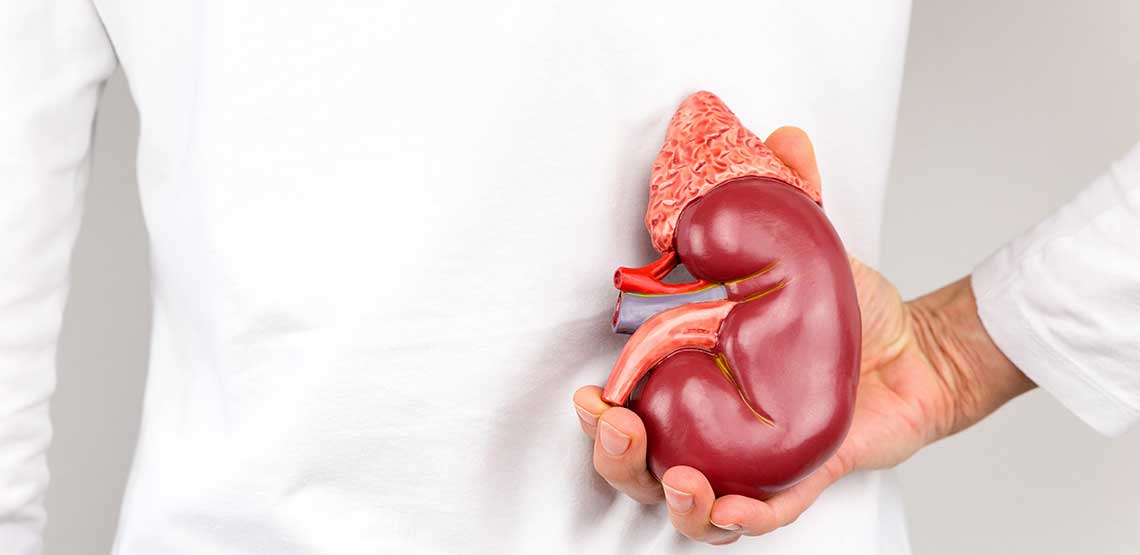What is Complex Regional Pain Syndrome?
Complex regional pain syndrome (CRPS) is a disorder that causes chronic pain, usually in the legs or arms. The condition is not fully understood. But it can cause a wide range of symptoms and interfere with a person’s quality of life.
Treatment is available to manage symptoms and reduce pain. Therefore, understanding what complex regional pain syndrome involves and how to treat it can improve an individual’s overall wellbeing.
CRPS involves ongoing or chronic pain that most often affects the arms or legs. It tends to occur after an injury to the limb or a significant medical event, such as a stroke or heart attack. As a result, the pain is often worse than what would be expected after the initial injury.
Symptoms of CRPS
Symptoms can vary in intensity. In addition to pain, changes in the skin may also develop.
Symptoms may include the following:
- Ongoing pain in an arm, leg, or hand.
- Swelling of the painful area.
- Sensitivity to cold or touch.
- Loss of muscle strength.
- Joint pain.
- Changes in skin color and temperature.
- Decreased range of motion.
- Abnormal nail and hair growth on the affected limb.
Treatment Options
Treatment for Complex Regional Pain Syndrome may decrease the severity of symptoms and help prevent long-term stiffness and a loss of range of motion. The sooner treatment starts, the better. Treatment may include a combination of the following:
1. Medications
Various classifications of medications may help treat CRPS. Medications may include:
Steroids: Steroids help reduce inflammation. They may also improve the range of motion of the affected limb. Steroids can have side effects, such as trouble sleeping and weight gain.
Pain medications: Medication to ease discomfort is also used. The medication may be given orally, injected, or applied topically. Topical medications include over the counter patches and creams that decrease sensitivity. Numbing medication is also injected near the affected nerves and can reduce pain.
Opioids, such as morphine and oxycodone, may have a role in treating chronic pain. But they are used with caution since they can have side effects and also lead to dependence.
2. Physical Therapy
Physical therapy may include specific exercises to reduce pain, improve range of motion, and maintain strength. Exercise in the earliest stages of the disorder may be most effective.
Working with a physical and occupational therapist also helps people with the condition regain normal use patterns for activities of daily living. Being able to engage in physical activity is important to maintain a good quality of life.
3. Alternative Therapies
Various types of alternative therapies, such as chiropractic care and acupuncture, may help some people deal with pain caused by CRPS. However, more research is needed to determine how helpful the therapies are. Still, they usually do not cause side effects and may be worth a try.
4. Heat
Applying heat to the affected limb can help promote blood flow and may decrease discomfort. It may also provide relief to skin that feels cold.
5. Biofeedback
Biofeedback helps an individual develop body awareness and learn relaxation techniques to help cope with pain. It usually takes several sessions of biofeedback to make progress in dealing with chronic pain. But unlike medication and other types of treatment, there are no side effects with biofeedback, which may make it a viable option for some people.
Related Search Topics (Ads)
Causes of Complex Regional Pain Syndrome
Doctors do not fully understand the cause of CRPS. The theory is that once an injury to a limb occurs, it may damage the central and peripheral nervous system. The damage includes inflammation of the nerves. In addition, the sympathetic nervous system may also go haywire and cause an overactive response.
Two different types of CRPS may occur, which include:
Type 1: This type occurs after an injury or illness that did not directly affect the nerves in the affected limb.
Type 2: This form of CRPS occurs after a distinct nerve injury.
Although the triggers of the disorder may be different, symptoms are the same in both types. The type of injuries and events that may lead to CRPS varies widely.
Significant injuries, such as crushing injuries to a limb, have led to the disorder. But even minor injuries, such as a sprained ankle, can cause the condition. Surgery or prolonged immobilization from an injury are also thought to cause the disorder.
Stages of CRPS
The condition is often divided into three stages, including:
Acute stage: This involves pain and sensitivity to the touch on the affected limb. This stage can last for a few months.
Dystrophic stage: This is the second stage of the disorder. It involves swelling and changes in skin temperature. Pain also continues, and stiffness may become worse. This stage may last up to a year.
Atrophic stage: This continues after a year. The skin often becomes tight. Range of motion is reduced and may not return to normal.


